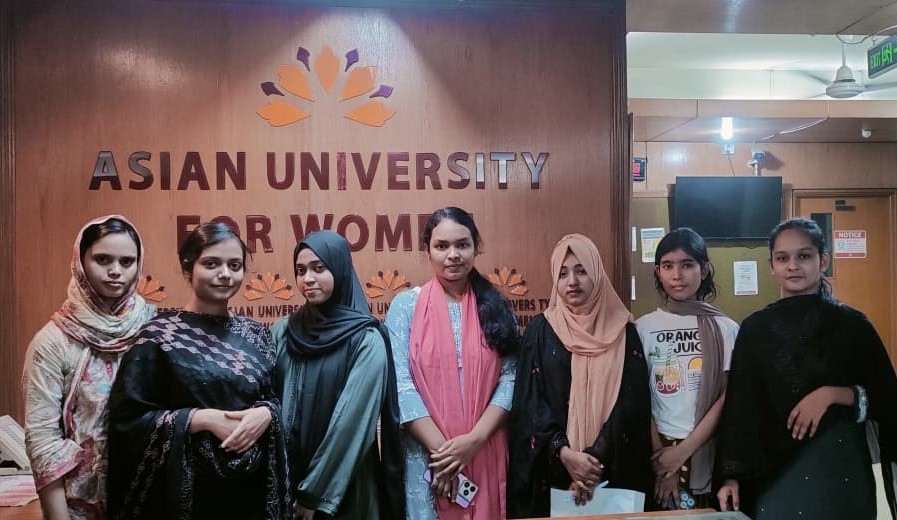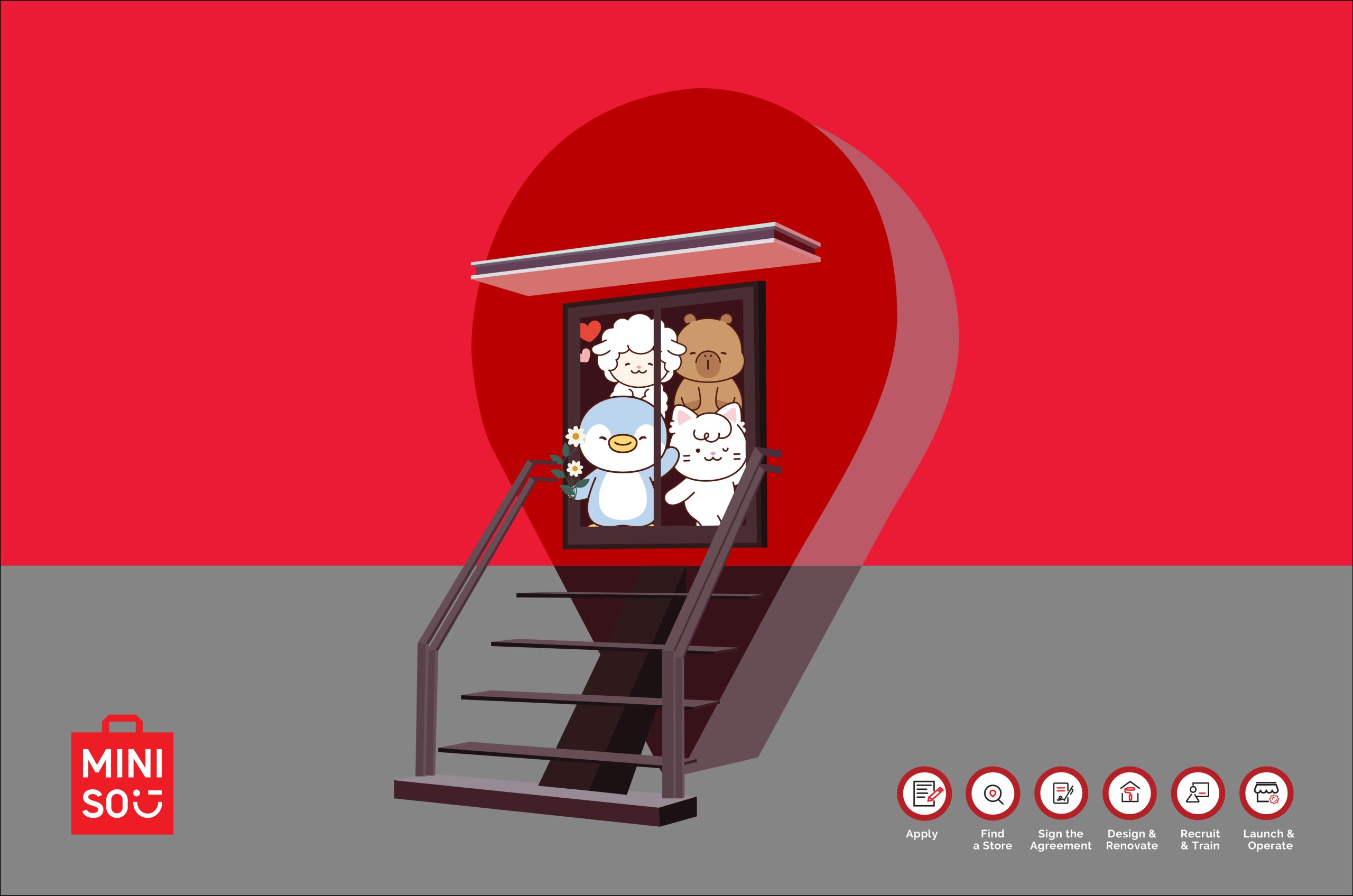For bringing positive changes or programs and projects to make cities like Dhaka and Chittagong livable, we must first take stock of the city itself
We are living in a city where children do not have a congenial atmosphere to live and grow properly. In many cases, we have not been able to utilise the facilities that already exist to help kids and juveniles to walk, run, exercise and get some fresh air. And in many cases, the city dwellers do not know where these spaces are available and where they can bring their children just to stroll.
We cannot live with this frustration in a crowded city like Dhaka, as the capital of a densely populated country. Rather, I think, this suffocating situation offers a lot of opportunities that could be explored by those who are willing to bring changes in their own surroundings. An entrepreneur can venture on small projects to serve the children and make his/her commercial venture a success.
However, the information gap is a major issue if we look at the problems and prospects of urban facilities for the children. Unfortunately, we are not aware of what we have — the physical presence of existing facilities or the potential to make some — in each locality. Practically, we do not know our city well.
At the age of increasing urbanisation, we must think of building an urban community which is equipped with adequate knowledge of each other and the urban landscape which is nowadays called urbanscape. As children are an essential part of our family and social life and future leaders of the nation, facilities must be created for the children of today and those who would come in the years and decades to come.
So, shouldn’t we take the initiative to identify and document existing and potential facilities for the children in each ward of Dhaka city as well as in other major cities and district towns? A dossier of civic amenities and utilities, a contour map and a one-stop information centre could be prepared in each locality to cater to the needs and respond to queries from the people. Even their online versions could be made available.
By feeding the needs and aspirations of the children and their guardians, we can build strong urban communities and contribute to improving urban governance and service delivery. It could be like the adage: children are the future leaders or even charity begins at home. We must build responsible citizens by giving them the taste of civic amenities in their childhood and adulthood. We must also make them good citizens who can serve the community and compete at the global level.
Some of our ideas for making improvements in Dhaka city have failed and a few have been successful as well. School buses for schoolchildren are something which has failed in the public sector but has proved to be successful at the school management level. But many more ideas are yet to be tested and experimented for the betterment of our urban society.
For bringing positive changes or programs and projects to make cities like Dhaka and Chittagong livable, we must first take stock of the city itself. It is sad to observe that we have no accurate idea of the city, its populace and its potential for improvement. Unless we study the city how will we be able to take policies and programs that can address its problems and satisfy its citizens?
Be it for doing business or regulatory affairs, Dhaka city’s resources, communities, cultures and critical challenges must be assessed. Such assessment can also help the government to generate revenue, provide financing for the entrepreneurs and take regulatory measures. Citizens, too, can take advantage of the information and study reports, for buying properties, shifting homes, opening business, changing office, seeking healthcare services and many other purposes.
So, let me suggest an information centre in each ward so that people can seek necessary information there. Someone has come up with the idea of an Info Box for the members of each community in Dhaka and other cities and towns. This can transform the attitude and culture of people who are living in each area and can contribute to the formation of greater community spirit. Such Info Box can also be made available online so that anyone interested in relevant information can look for it, no matter where they are staying. The same type of initiative can be taken for other big cities such as Chittagong.
Children, students, strangers and tourists can also be made familiar with skyline, the history and tradition of the city could be shown to them in a dynamic way by recording features and video clips in the city. Anyone who is willing to provide any input — be it a photo, a story, a missing document, artifact, map, or a mark of the city — can join the process of record keeping and building and improving of the city.
I strongly believe that we deserve a better city than the one we currently live in. A city which is in our heart must be built and maintained as a smart city, taking the advantage of new technology such as smart phones. We have to rethink what we associate with the city to get rid of the stigma and deficiencies in civic amenities for the sake of better living, smooth commuting, seeking job opportunities and inviting our guests from home and abroad to visit us.
*Dr. HossainZillurRahman, a former adviser to the caretaker government, is currently Executive Chairman at Power and Participation Research Centre (PPRC).














